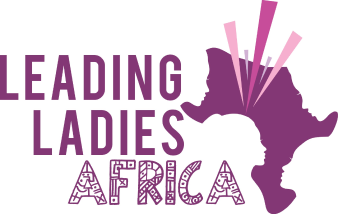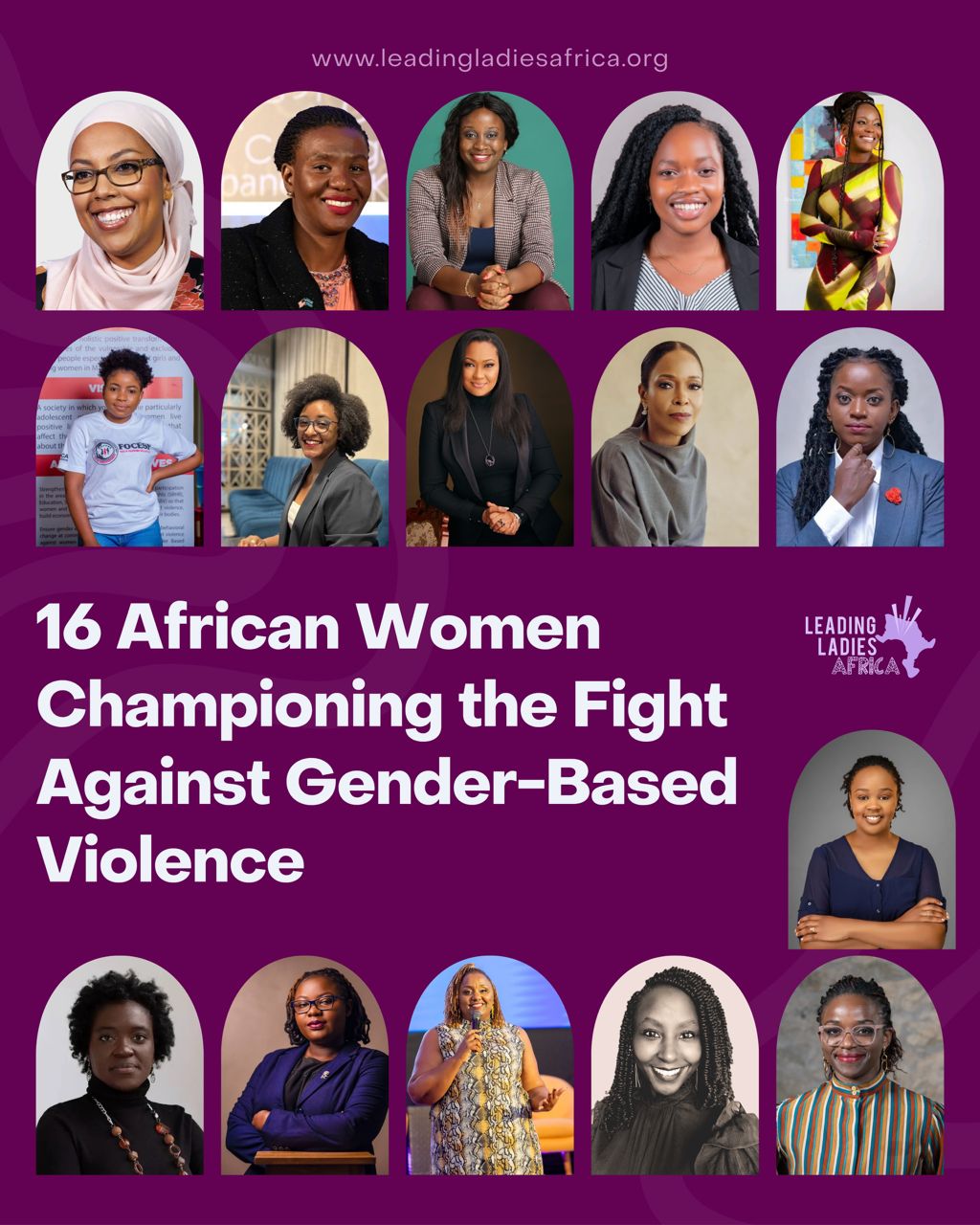
”For two decades, Melinda worked hard to keep a low profile. She enrolled her kids in school under her maiden name. She spoke out rarely. When she did begin to give interviews, she talked almost exclusively about her philanthropic work and this is still mostly the case. But more recently, Melinda is finding her voice, she is doing her own investing- she just published a memoir- The Moment of Lift and perhaps most powerfully, Melinda is sharing more about her own life.”

Melinda was recently interviewed by Jessi Hemphel for the Hello Monday podcast series and here are 4 things we took out from the conversation.
Have a career goal. It is instrumental to attaining corporate success. “I wanted to join a company that was changing the world. And when I eventually interviewed that spring before I graduated with Microsoft, I literally came out and I remember calling my parents, I was in Seattle, they were back in Dallas, saying, oh my gosh, Mom and Dad, if this company makes me an offer, I won’t be able to refuse it. They are changing the world and I want to be a part of that.”
Like Chimamanda says “Because you are woman is never a reason for anything.” Similarly, your gender should never be the reason why “you cannot” or “should not” rise up to the full height of your potentials. “They (Microsoft) hired 10 MBAs that year, which was their first “class.” And I was the only woman, the other nine were guys. And that didn’t seem that odd to me, honestly. Because in computer science, when I was studying it at Duke after freshman year, there were just so few women. And so when I would be in the computer lab, I was always coding with guys and I actually got really good at running teams that were all guys. I would sort of rise up. Even when I was coding in college, I would sort of rise up as the leader and manager. So when I got to Microsoft, it just didn’t seem that unusual to me. We were creating products that were changing the world. And for me the great thing was that at Microsoft it was very merit-based. And so my chance for advancement was so rapid there because I knew how to code, I knew how to run teams, I knew how to manage things when I came in. And so very, very quickly I moved out of product marketing into actually development of products where I was running the whole team and they just kept giving me larger and larger teams. And then by the time I left, I was in the consumer division running a team of many, many products, over 1700 employees.”

Always be yourself. Don’t try to fit into notions of how “a proper woman” should be or act or speak. Who made the rules anyway? Be yourself. “I loved it (working at Microsoft) at first, but then as I started rising in the ranks and I could see how aggressive the culture was, you had to go into every meeting knowing all your facts, you know, standing up for your point of view, being willing to argue it at the table. I knew how to play that game. I could play that game. I did that game, but I didn’t like myself very much. And so as I would go home and think about it more, especially about a year and a half, two years in, I thought, you know, I might just leave. And I had been told by consulting firm, and they stayed in touch with me that I would basically have a job offer there anytime I wanted if I got a couple of years experience. So I thought I might go and do that. And then I was at home and reflecting on it, I thought more and more. No, no, no. I love this company. I love building products. I love being on the front end. What I don’t like so much as the culture. And so what I decided to do was just try on being myself. I thought I’m going to just go in and be myself and if they don’t like it they can take it or leave it cause I’ll just leave that and go get another job.”
Have your female tribe. Women who affirm and validate your authenticity. “I surrounded myself with other women. I write in the book about one of my best friends, Charlotte Guyman. And I could see her working in her own style. She was a bit older than me. She had worked at HP and then gone back to business school and Charlotte was just herself. And I thought, well that seems to be working for her, so maybe I should do that. So I could often talk things through with her. I had other female friends I would talk things through about are you unhappy about this? What do you think about that? And then eventually I actually was working for Patty Stonesifer in the consumer division. She later came to work for us at Microsoft and Patty was somebody that I learned a tremendous amount from about how to push yourself and hold your ground, but also how to be yourself.”
You can read the entire interview here


